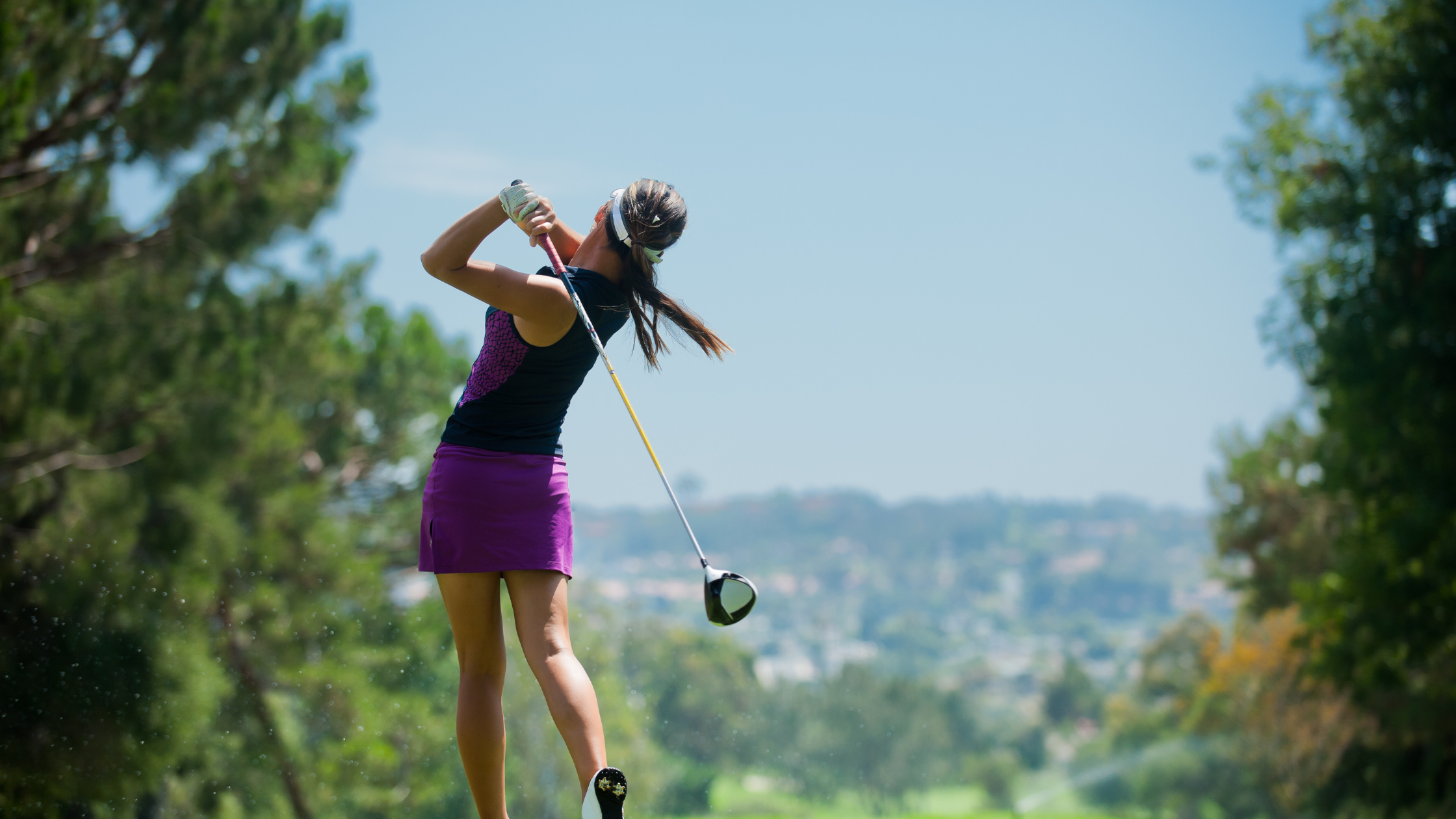![]() Make Appointments 24/7, 365 days a year.
Make Appointments 24/7, 365 days a year. ![]() 302-731-2888
302-731-2888
![]() Make Appointments 24/7, 365 days a year.
Make Appointments 24/7, 365 days a year. ![]() 302-731-2888
302-731-2888

As one of the fastest-growing sports in the US, golf is a popular pastime activity for many people in the corporate world and retirees. While it's fun and offers a great opportunity to unwind and network without straining the body too much, it comes with risks. As you make a play for that hole-in-one, you may strain yourself and sustain the golfer's elbow. Medially known as medial epicondylitis, this condition can leave you in pain and limit your range of motion, affecting your game. However, it's not just restricted to golfers. You may be susceptible if you participate in racket sports or other activities involving repetitive wrist and forearm movements, such as typing away at your keyboard. So, read on to learn more about golfer's elbow, including its causes and treatment options. At its core, golfer's elbow occurs due to tendon irritation at the bony bump on the inner side of your elbow. This irritation can be triggered by various factors related to your daily activities, including: Repetitive Motions- Engaging in actions that involve repeating the same wrist and forearm movements, such as golf swings or racket strokes, can lead to stress on the tendons and result in the Golfer's Elbow. Incorrect Technique- Even the most mundane activities can contribute to golfer's elbow if executed with poor technique. It's not just about the quantity of the movements but also the quality of execution. Overuse- The enthusiasm to excel in sports or accomplish tasks can sometimes lead to overusing your forearm muscles. Without adequate rest, these muscles can become strained, resulting in the discomfort of golfer's elbow. Recognizing the signs of golfer's elbow is the first step toward addressing the condition effectively. Elbow Pain- One of the primary indicators of golfer's elbow is pain and tenderness on the inner side of your elbow. What might begin as a subtle discomfort can escalate to a persistent ache if left untreated. Weak Grip- golfer's elbow can weaken your grip, making seemingly simple actions like shaking hands or holding a cup challenging. Stiffness- You may experience wrist and elbow stiffness, limiting your range of motion making movements that were once fluid feel stiff and uncomfortable. Golfer's elbow can significantly affect your quality of life. Luckily, there are several treatment options depending on severity: Rest and Ice- Along with rest, applying ice to the affected arm will help reduce inflammation and relieve discomfort. Physical Therapy- Working with a physical therapist will help heal, strengthen, and stretch your forearm muscles. Bracing- Wearing a brace will support your tendons, alleviating pressure and promoting healing. Pain Relief- Under medical guidance, over-the-counter pain relievers can temporarily relieve golfer's elbow discomfort. Surgery- In severe cases where conservative treatments don't yield the desired results, surgical intervention may be necessary to alleviate tendon pressure and restore optimal function. Like many other injuries, golfer's elbow can worsen over time, resulting in severe pain if left untreated. That's why seeking medical care early on is essential to help manage the condition. At First State Orthopaedics, we offer chronic pain treatment for various conditions, including golfer's elbow. Our team of medical experts specializes in chronic pain management. So, don't let your loved one suffer in silence. Get in touch with us today to speak to one of our experts, or fill out the form below to begin your journey towards pain relief. Causes of Golfer's Elbow
Signs and Symptoms
Treatments Available
Local Expertise at First State Orthopaedics
* indicates a required field.